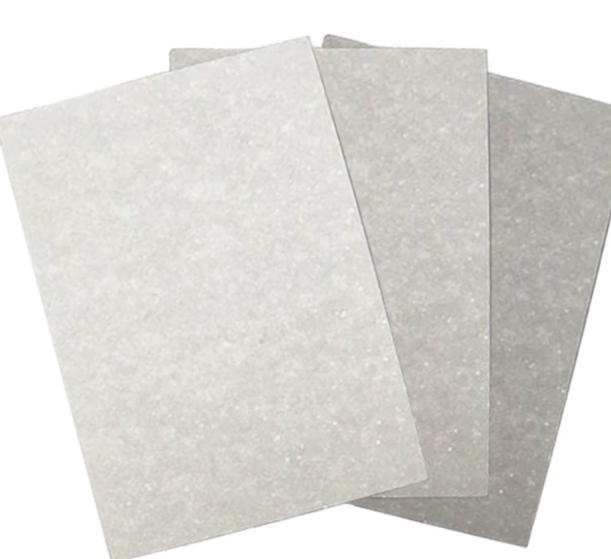In the context of modern industry’s pursuit of green development, ceramic fiber board, as an important high-temperature insulation material, has attracted much attention for its environmental performance. After professional testing and practical verification, ceramic fiber board shows excellent environmental characteristics and becomes an ideal substitute for traditional asbestos materials.
Environmental Advantages of Raw Materials
The main components of ceramic fiber board are inorganic materials such as high-purity alumina and silica, and these natural mineral raw materials are non-toxic and harmless. Compared with traditional insulation materials containing asbestos, ceramic fiberboard avoids the risk of cancer from the source. Modern production processes through the optimization of the formula, so that the ceramic fiberboard fully in line with the EU RoHS directive and other international environmental standards, does not contain any restricted harmful substances. Some high-end ceramic fiberboard products even use recycled ceramic raw materials, further enhancing the utilization of resources.
Green production process
The production process of ceramic fiber board continues to improve in the direction of environmental protection. The new dry molding technology significantly reduces energy and water consumption in the production process, saving more than 30% compared to the wet process. Leading manufacturers have also introduced exhaust gas treatment systems to ensure that emissions from the production process meet national environmental standards. It is worth mentioning that ceramic fiber board production basically does not produce toxic wastewater, avoiding water pollution problems at the source. These environmental protection measures make the ceramic fiber board of the whole life cycle environmental impact significantly reduced.

Safety in the use phase
In practical applications, ceramic fiber boards demonstrate excellent environmental friendliness. Its stable chemical properties ensure that no toxic gases are released at high temperatures, and volatile organic compounds (VOC) emissions are virtually zero over the temperature range of use. Surface-treated ceramic fiber boards also reduce fiber drift and protect the health of operators. Compared with some traditional materials, ceramic fiberboard in the use of the process does not produce odors or harmful radiation, to ensure a safe and comfortable working environment.
Disposal of environmental protection
The recyclability of ceramic fiber board is an important reflection of its environmental advantages. End-of-life ceramic fiber board after professional treatment, can be used as raw materials to re-enter the production, to achieve the recycling of resources. Even if landfill treatment, ceramic fiber board will not cause pollution to the soil and groundwater, and its inorganic components can be naturally degraded. Part of the specially formulated ceramic fiber board can even reach more than 90% recycling rate, greatly reducing the amount of solid waste generated.
Comprehensive assessment shows that the ceramic fiber board from raw material acquisition, production and manufacturing to the use of the whole life cycle of end-of-life are reflected in the good environmental performance. With the progress of technology, the development of a new generation of bio-based ceramic fiber board will further strengthen its environmental advantages. In the context of the “dual-carbon” goal, ceramic fiberboard will become a key material choice for sustainable development in the field of high-temperature insulation.


